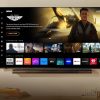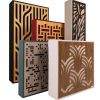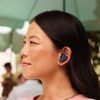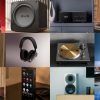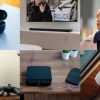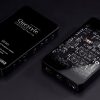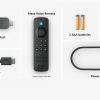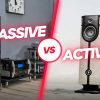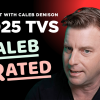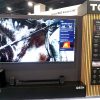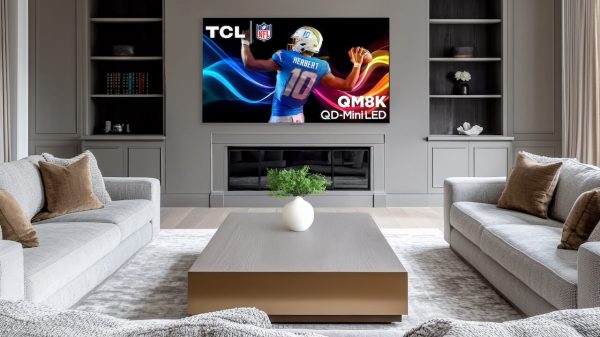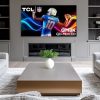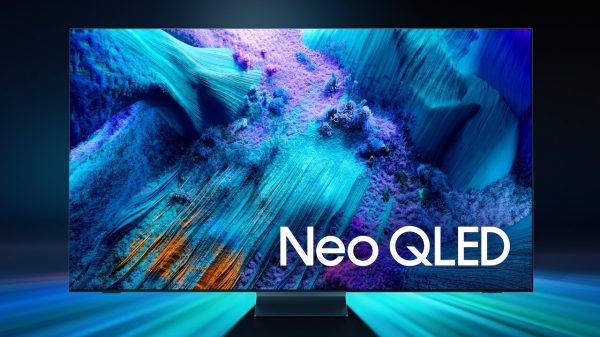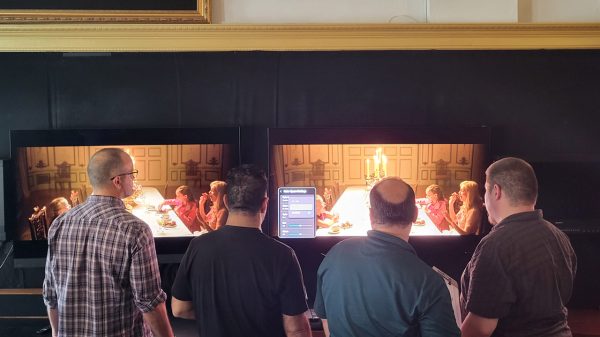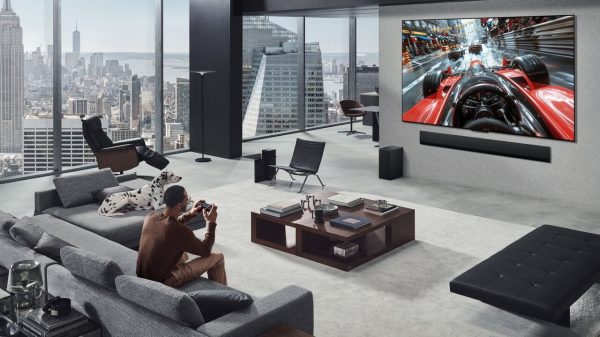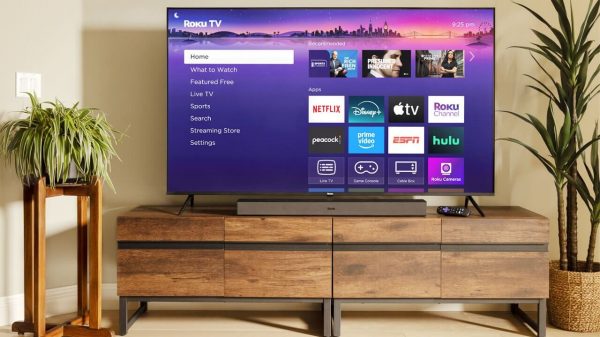Buying a TV these days is like dipping your spoon in a bowl of alphabet soup. Two examples of alphabet confusion are the labels QLED and OLED.
Frankly, it’s easy to get the two terms mixed up as at first glance a capital “Q” doesn’t look noticeably different than a capital “O”. However, even though the letter “Q” and “O” may look similar, there is a major technological difference between a QLED TV and an OLED TV.
QLED

A QLED TV is an LCD-based TV. This means that it has an LED backlight and images are viewed on an LCD display panel. However, it adds another component, a sheet of Quantum Dots (that is where the “Q” comes from). The Quantum Dot sheet is placed between the LED backlight and LCD panel to improve color.
Quantum Dots are nano (microscopic) particles that emit color when hit with a light source. For a complete rundown on these little guys, refer to our companion article: WTF are Quantum Dots?
The main companies that make QLED TVs are Samsung and TCL, but others such as Vizio, Hisense, and Amazon offer QLED models as well.

Within the TV QLED landscape, there are various marketing labels:
- QLED (Samsung, TCL, Amazon)
- Neo-QLED (Samsung QLED TVs with Mini-LED backlighting)
- Mini-LED QLED (TCL)
- QNED (LG TV with Quantum Dots and NanoCells)
- Mini-LED QNED (LG)
- Quantum Color (Vizio)
- Quantum ULED (Hisense)

Tip: Other labels may be used at the discretion of the TV maker.
For more on LCD-based TVs, refer to our companion article: WTF is an LED TV?
OLED

OLED stands for Organic Light Emitting Diode. The diodes are used to display images. Organic LEDs are self-emitting when fed electrical current. This means, unlike LCD-based TVs, no edge or backlighting is needed.
The LCD panel is also eliminated as the Organic LEDs produce both light and color and contain all of the image information. As a result, the internal construction of OLED TVs reduces the number of elements needed to display images for the viewer.
TV makers that offer OLED TVs as part of their product offerings include LG Electronics, Sony, Vizio, Panasonic, Philips, and several others.
Tip: All OLED TV panels used by the above-listed companies are made by the LG Display Company, a sister company of LG Electronics.
For more on OLED TVs, refer to our companion article: WTF is an OLED TV?

QD-OLED (a variation of OLED)
To make the alphabet soup even more confusing is that just as there are LCD-based TV variations, OLED TV technology has a variation that is making inroads into the market: QD-OLED

QD-OLED TVs are a variation of OLED that utilize a layer of blue light-emitting OLED pixels placed on the back of the TV. The blue light strikes a layer of Quantum Dots, that produces green and red light, while a portion of the blue light from the OLED layer passes through to the screen. The combination of blue OLED light with the green and red light Quantum Dots produces images.
The QD-OLED panels are made by the Samsung Display Company and used in select models from Samsung Electronics and Sony. It is expected that more companies will join in.
To dig deeper, refer to our companion article: WTF is a QD-OLED TV?
OLED and QD-OLED Avantages over QLED
- Ability to display absolute black.
- Wider contrast range.
- Better for viewing in darkened rooms.
- Better screen uniformity.
- Wider viewing angle.
- Lower Power consumption (when comparing equivalent features and screen sizes).
QLED Advantages over OLED and QD-OLED
- Higher brightness capability (model dependent).
- More precise HDR performance (model dependent).
- Better for viewing in brighter rooms.
- More screen sizes are available (varies by brand).
- Overall less expensive (model dependent).
Related Reading
Buying a New TV: Everything You Need To Know





